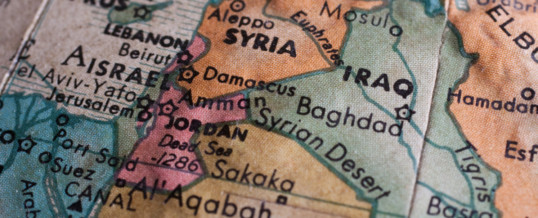
DAMASCUS, SYRIA – Syria in 2021 saw its lowest level of wheat production in 50 years as drought, high input costs and dire economic conditions took their toll, according to a recent report by the United Nations’ Food and Agriculture Organization (FAO).
The FAO noted in its report that “immediate action is required to support the agricultural sector” for its next season.
The decline in agriculture production comes as war-torn Syria suffers from famine-like conditions in parts of the country with over 90% of the population living in poverty and more than 12.4 million people labeled as “food insecure” by the FAO.
Production of wheat and barley — two staple foods for Syrians — declined substantially this year, with wheat output falling by 63% from the previous year to 1.05 million tonnes, according to the FAO. Barley production stood at just 10% of 2020’s harvest levels.
The report noted that not only was this year’s rainfall lower than the historical average, but the timing of rainfall was also “unusual” — pointing perhaps to the impact of climate change in Syria.
In March, the FAO reported that daytime temperatures were high, but fell low enough at night to put frost on the crops. Just over half of the wheat planted in Syria was harvested, compared to last year, when virtually all the planted wheat was harvested.
The country has been fighting a civil war since 2011, which also has taken a toll on the country’s agriculture production.
Another FAO report, released on Dec. 16, showed that Syria is part of a larger food insecurity problem in the Middle East. The report said about one-third of the Middle East population is experiencing food insecurity, while the level of hunger in the last two decades has increased by 91.1%.
Source: World Grain
DEC
2021


About the Author: